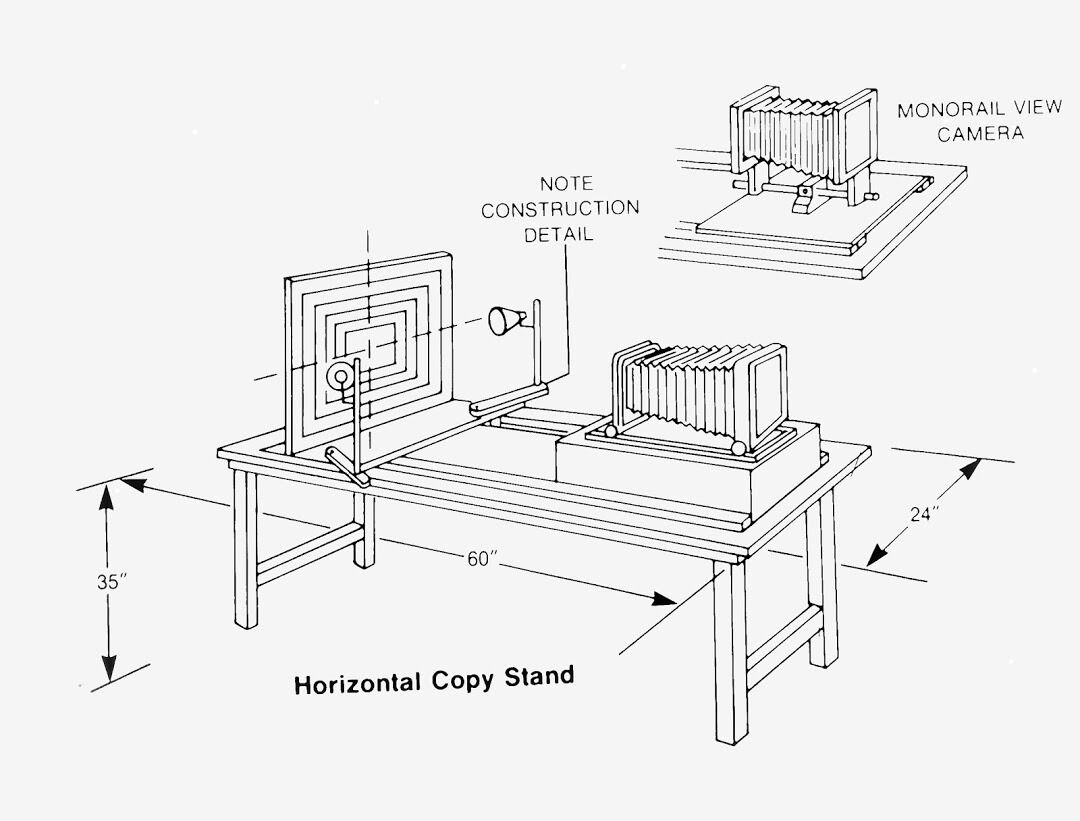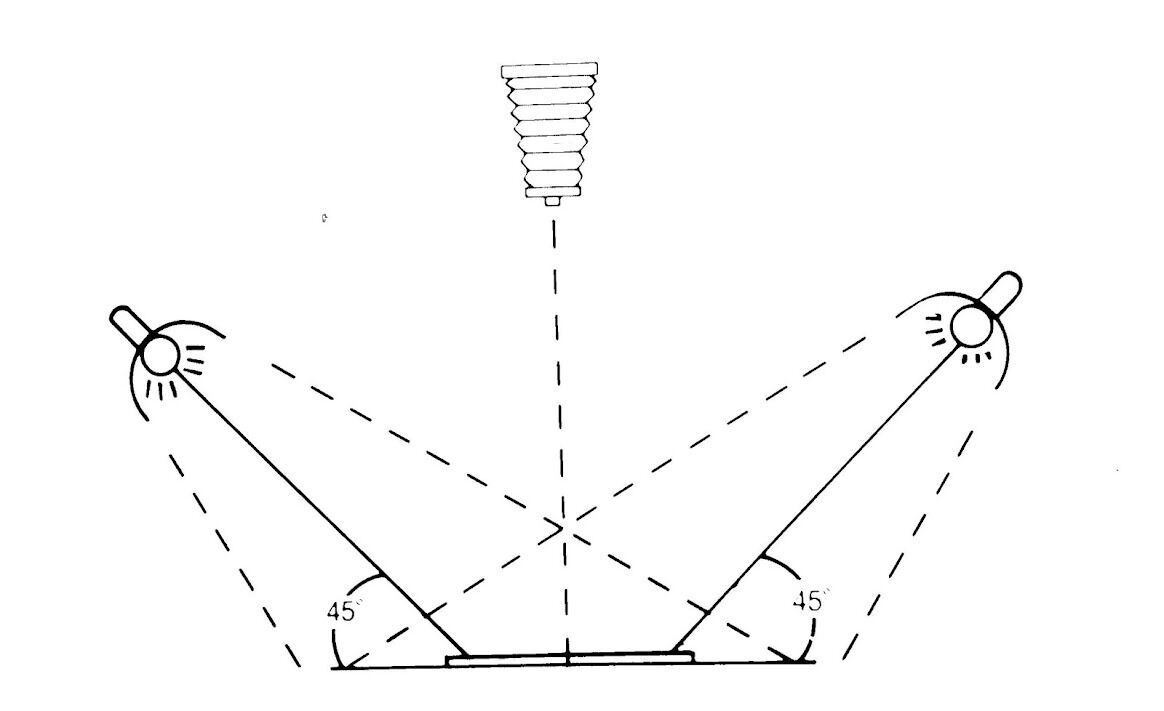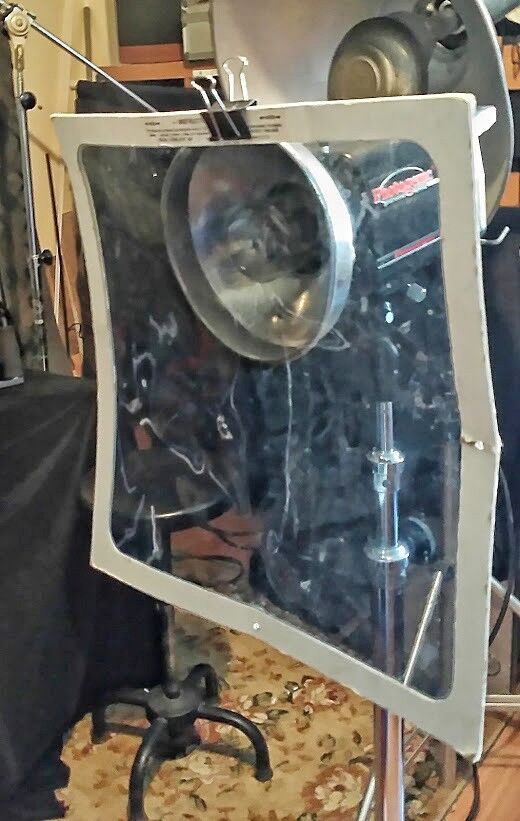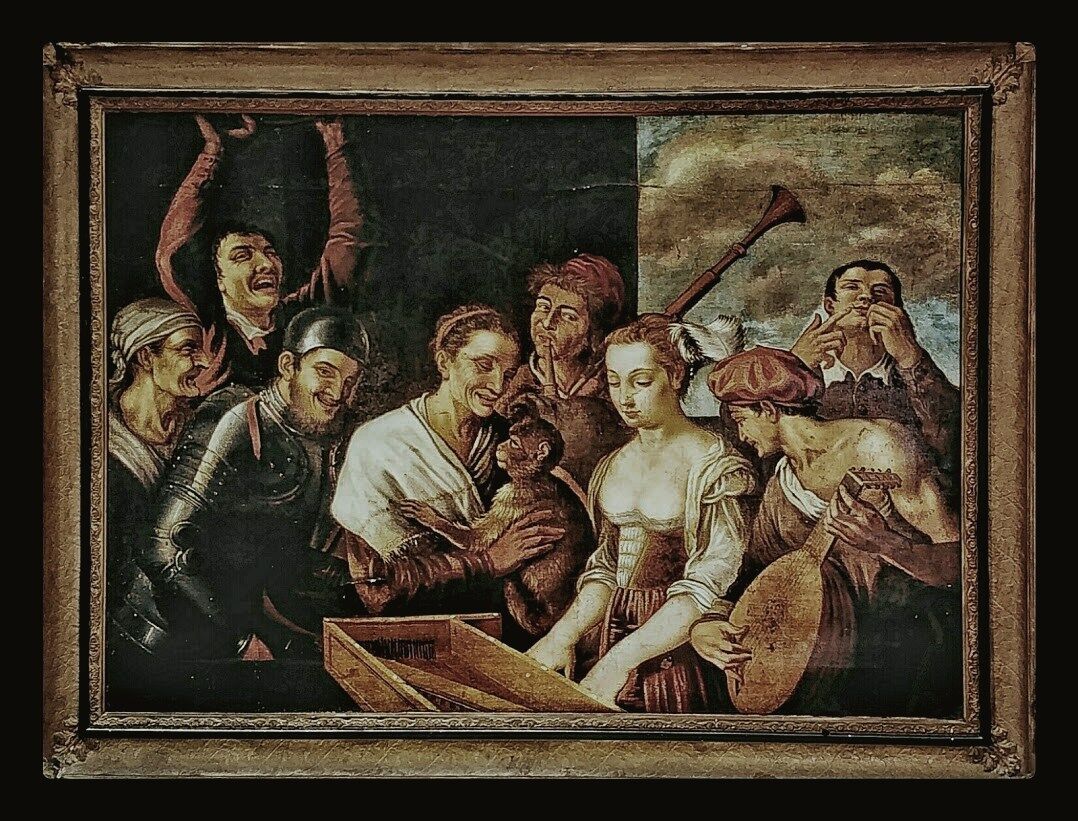Old Photo Restoration/Repair
Apr 24, 2023 16:01:44 #
dcearls
Loc: Long Island, NY
elliott937 wrote:
Dcearls, from my colleagues where I teach, I've been asked many times to "repair" a print. I'll be glad to work on your two prints. In two weeks, I'll have some spare time.
Bill
Bill
I appreciate the offer, thank you
Apr 24, 2023 16:05:11 #
dcearls
Loc: Long Island, NY
GLSmith wrote:
Without using a magnifying glass, one cant really be certain it is or isnt mold, although it doews appear to be.
Thanks for another option
Apr 24, 2023 16:39:49 #
Using a scanner is your best bet for restoration. This will keep prints flat, there will be no issues with glossy prints and you can make any repair or correction in density, contrast, and saturation in post-processing.
If you prefer to use your camera, especially with prints that won't fit in the scanner, my preferred setup is using cross-polarization, that is polarization filters on your lights and a CPL filter on the lens. This is the prescribed method used by professional restoration artists, archives, and museums.
The polarization filters for the lights are made of acetate and are available from various sources including Rosco. The ones I use are mounted on cardboard with index marks to insure that are placed in the correct direction (orientation) over the lights. You can use electronic flash, incandescent, or LED light sources in standard reflectors.
I set up a horizontal "copy stand" or easel and place each ligh at 45 degrees. The camera is kept parallel to the prints. Whe the CPL filter is rotated, at one point, all unwanted reflections will be eliminated and contrast and color saturation will be retained or maximized.
I take a meter reading at each corner of the copy surface and move the lights incrementally until all the readigs match. It tasks a bit of setup time but once you establish things the restof the job can move rapidly.
See attached diagrams for the lighting setup. The diagram shows my old setup with a large format camera. Nowadas I use a digital camera fitted with a macro lens. There is a shot of the acetate polarizing filter. The copy stand is not necessary, an easel ledge on the wall or magnetic copy board will do the job.
Once you have a good digital file, you can make corrections and repairs in post-processing.
As others have mentioned, it is important to secure the best possible image of the original in the event that actual direct cleaning is employed which, in some cases, can exacerbate the stains or damage.
As for actual remedies, fluids, and baths for treating stains, mold mildew, or stand to result of insufficient fixing or washing. Well, it's complicated and I am no expert on this aspect of restoration. There are all kinds of myths, witches' brews, and folklore. The archivists I have worked for, first determine the cause of the stains and treat them specifically. Sometimes even plain water will worsen reactivate and spread certain molds. Beaches and acids are generally big no-nos. I have seen Borax and Sodium Bicarbonate in use. Isopropyl Alcohol will remove greasy stains. Usually, a small dab of whatever solution is thought to be effective is applied to a small area at the edge of the print to make sure it will not harm the emulsion.
Certain mildews will dry up and kind of flake off of allows to dry in the sun or with gentle forced air for a hair dryer.
If you prefer to use your camera, especially with prints that won't fit in the scanner, my preferred setup is using cross-polarization, that is polarization filters on your lights and a CPL filter on the lens. This is the prescribed method used by professional restoration artists, archives, and museums.
The polarization filters for the lights are made of acetate and are available from various sources including Rosco. The ones I use are mounted on cardboard with index marks to insure that are placed in the correct direction (orientation) over the lights. You can use electronic flash, incandescent, or LED light sources in standard reflectors.
I set up a horizontal "copy stand" or easel and place each ligh at 45 degrees. The camera is kept parallel to the prints. Whe the CPL filter is rotated, at one point, all unwanted reflections will be eliminated and contrast and color saturation will be retained or maximized.
I take a meter reading at each corner of the copy surface and move the lights incrementally until all the readigs match. It tasks a bit of setup time but once you establish things the restof the job can move rapidly.
See attached diagrams for the lighting setup. The diagram shows my old setup with a large format camera. Nowadas I use a digital camera fitted with a macro lens. There is a shot of the acetate polarizing filter. The copy stand is not necessary, an easel ledge on the wall or magnetic copy board will do the job.
Once you have a good digital file, you can make corrections and repairs in post-processing.
As others have mentioned, it is important to secure the best possible image of the original in the event that actual direct cleaning is employed which, in some cases, can exacerbate the stains or damage.
As for actual remedies, fluids, and baths for treating stains, mold mildew, or stand to result of insufficient fixing or washing. Well, it's complicated and I am no expert on this aspect of restoration. There are all kinds of myths, witches' brews, and folklore. The archivists I have worked for, first determine the cause of the stains and treat them specifically. Sometimes even plain water will worsen reactivate and spread certain molds. Beaches and acids are generally big no-nos. I have seen Borax and Sodium Bicarbonate in use. Isopropyl Alcohol will remove greasy stains. Usually, a small dab of whatever solution is thought to be effective is applied to a small area at the edge of the print to make sure it will not harm the emulsion.
Certain mildews will dry up and kind of flake off of allows to dry in the sun or with gentle forced air for a hair dryer.



Apr 25, 2023 08:59:17 #
fetzler
Loc: North West PA
E.L.. Shapiro wrote:
Using a scanner is your best bet for restoration. ... (show quote)
The copy stand you show is conceptually fine but I don't think anyone would build one like it today. A copy stand or wall mounting and a tripod would work just fine. The best solution depends on image size. I have photographed small snap shots and large paintings.
Apr 25, 2023 09:50:23 #
fetzler wrote:
The copy stand you show is conceptually fine but I don't think anyone would build one like it today. A copy stand or wall mounting and a tripod would work just fine. The best solution depends on image size. I have photographed small snapshots and large paintings.
I did mention that the copy stand and large format camer are optional and updated my current method in this paragraph: "See attached diagrams for the lighting setup. The diagram shows my old setup with a large format camera. Nowadas I use a digital camera fitted with a macro lens. There is a shot of the acetate polarizing filter. The copy stand is not necessary, an easel ledge on the wall or magnetic copy board will do the job"
The diagram was just to show the essential position of the lights. The copy stand is useful for high-volume work.
I do a good volume of art reproduction for museums, archives, and collectors. The ligh system I am suggesting works consistently well on everything from miniature paintings and graphics to very large oil paintings and murals. The cross-polarization eliminates unwanted reflections from varnished paintings, most artworks under glass, where the glass can not be removed, and luster and glossy surface photographs and lithographs.
Attached is a shot of an oil painting that is about 100 inches wide in size. The surface was heavily coated with Damar varnish which was badly damaged and hazy, the polarized light "penetrated" mostof the problem.
Besides, I like to build stuff- it's my hobby! My wife says that I break things just so I can fix them and sometimes I build stuff that I don't really use- so I give it away!


If you want to reply, then register here. Registration is free and your account is created instantly, so you can post right away.
